6 essential steps to acclimate your newly bought livestock into your aquarium safely
How to acclimate marine livestock into your aquarium is a question for which you will definitely be seeking an answer if you have plans on setting up a marine tank.
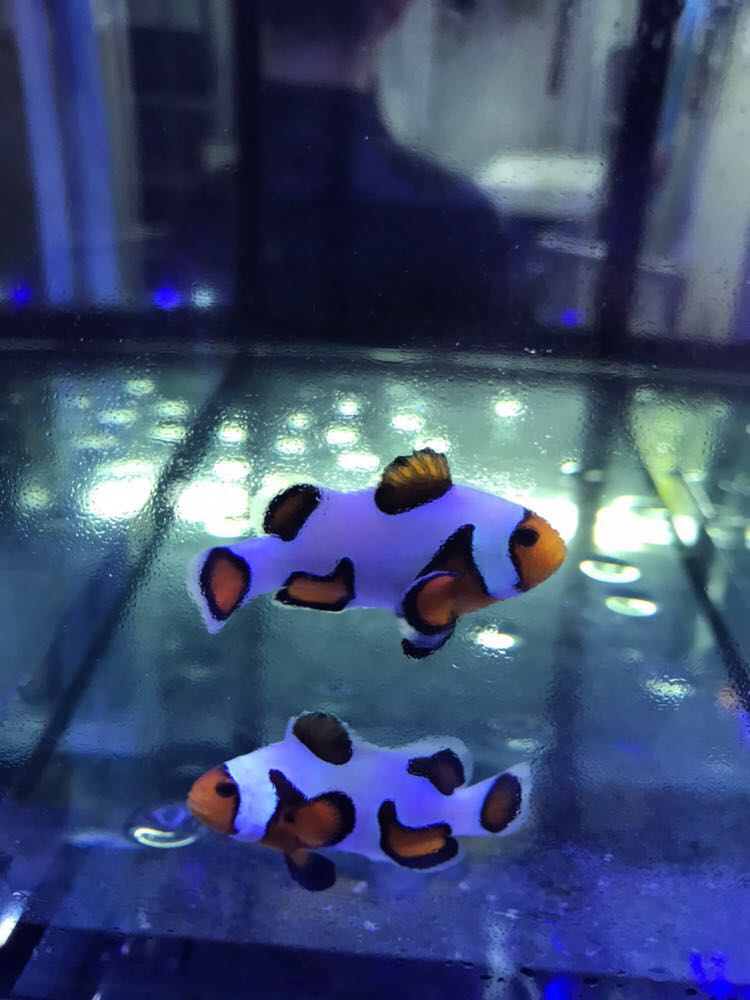
But why do you need to acclimate marine life?
Think of it in this way…you are living happily in a climate that is very warm and you have been living here for many years. Then suddenly as if out of the blue you are just picked up from that warm climate that you are used to and you are just dumped into the North Pole to live in – with no proper clothing for that climate and no time given to you to make yourself get used to that new climate. What would happen to you?
You would get sick as your mind and body would get stressed out in the new climate. The same is the case with marine life stock and they too get stressed when they are pulled out from the ocean or their home in an aquarium and dumped into a marine aquarium. So the need to acclimate the livestock when setting up a marine tank is critical in getting the fish to thrive and do well in your aquarium.
Importance of knowing how to acclimate marine livestock into your aquarium
A proper understanding can be got for the word – acclimate, from the meaning of the word: to become accustomed or to make accustomed to an environment that is new – adaptation. Thus when you are setting up a marine aquarium, it is extremely vital to take care of acclimating the livestock.
So here’s how you can acclimate marine live stock when setting up a marine tank so that no harm happens to the live stock when they are put into the new marine aquarium…
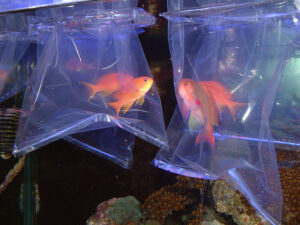
Step 1:
Take the live stock and put them all in a container or bucket or a bag of water. These should be of a good size so that the livestock is reasonably well covered by water.
Step 2:
Keep the bucket or the container or the bag (whatever you may have used) beside the aquarium in which you will put in the live stock.
Step 3:
Take an air gang valve and airline tubing made from plastic and then set them up in a way that you are running a kind of ‘siphon drip line’ from the aquarium in which you will keep your live stock – to the container or bucket or plastic bag that already contains the live stock.
Step 4:
Then you have to start a siphon in such a way that it allows the water in the tank to slowly drip into the plastic bag or bucket or container that has the live stock. Make use of the gang air valve so that you can adjust the drip rate properly. Keep it at a low rate to drip. If you have the drip rate set at too fast, you would thus be changing the parameters of the water and thus, your live stock will be in shock when they enter the new water.
Step 5:
Once you see the water dripped into the plastic bag or container or bucket, which is about 2 to 3 times the volume (from the time you started), you needed to then test the salinity, pH and also the temperature of the water that is there in the container or the plastic bag or the bucket and see that parameters match that of the water in your tank. If they match, then the process of acclimatization is done and it is safe to go about setting up a marine tank and transferring your life stock into your new marine aquarium.
Step 6:
If you are releasing the fish into the tank, Turn off all the aquarium lighting, and slowly open the bag to let the fish swim out on it;s own. This will further reduce the stress on the fish. However, it is strongly recommended to introduce all newly purchased fish into a separated isolation box to ensure fish is feeding and check for fish aggression from other fishes in the tank before introduce it out to the main display tank.

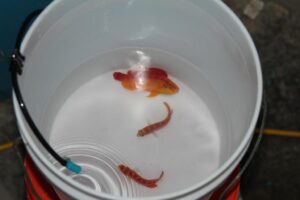
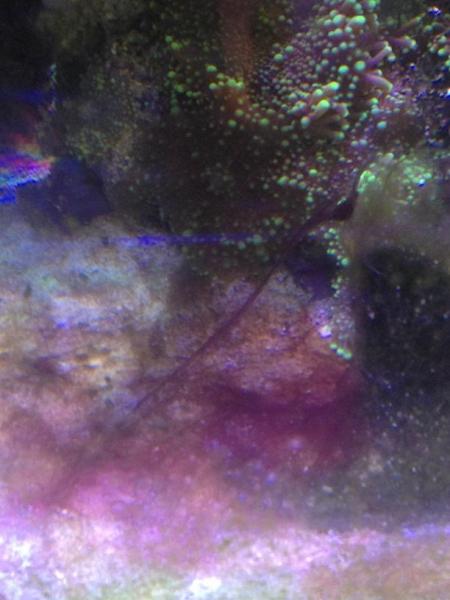






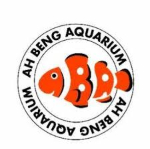





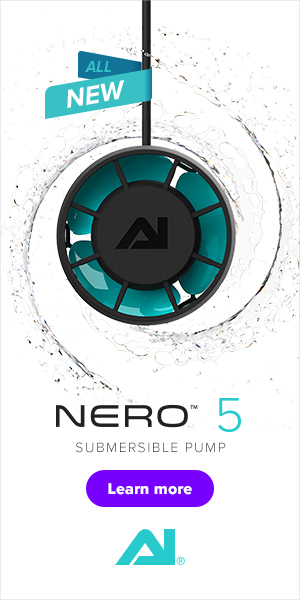
Appreciate you sharing, great forum.Much thanks again. http://hudhfgdfg434tgag.tumblr.com/
[…] If you ever bought healthy livestock and decided to throw it in the tank thinking everything will be ok, you could be wrong. There could be a great variant of water parameter and temperature differences between the live fish shop store and your tank. The sudden shift in water parameter if you did not acclimatize your newly bought fish/coral correctly will stress the corals which could result in the death of the newly purchased livestock. Acclimating simple mean adjusting the temperature, PH, and salinity etc of the water between the new and the old to avoid any sudden change. It should be done slowly manner to allow the new fish to adapt to the new water parameter without causing any stress to the new livestock. Be sure to check on the fish compatibility before the introduction of the new livestock, and check out on our detail fish acclimating guide. […]